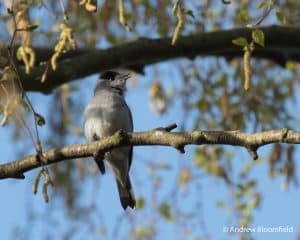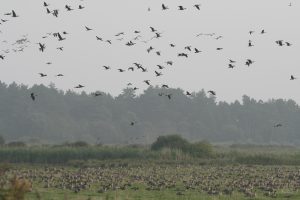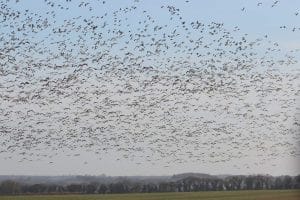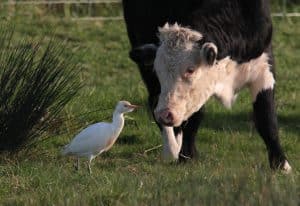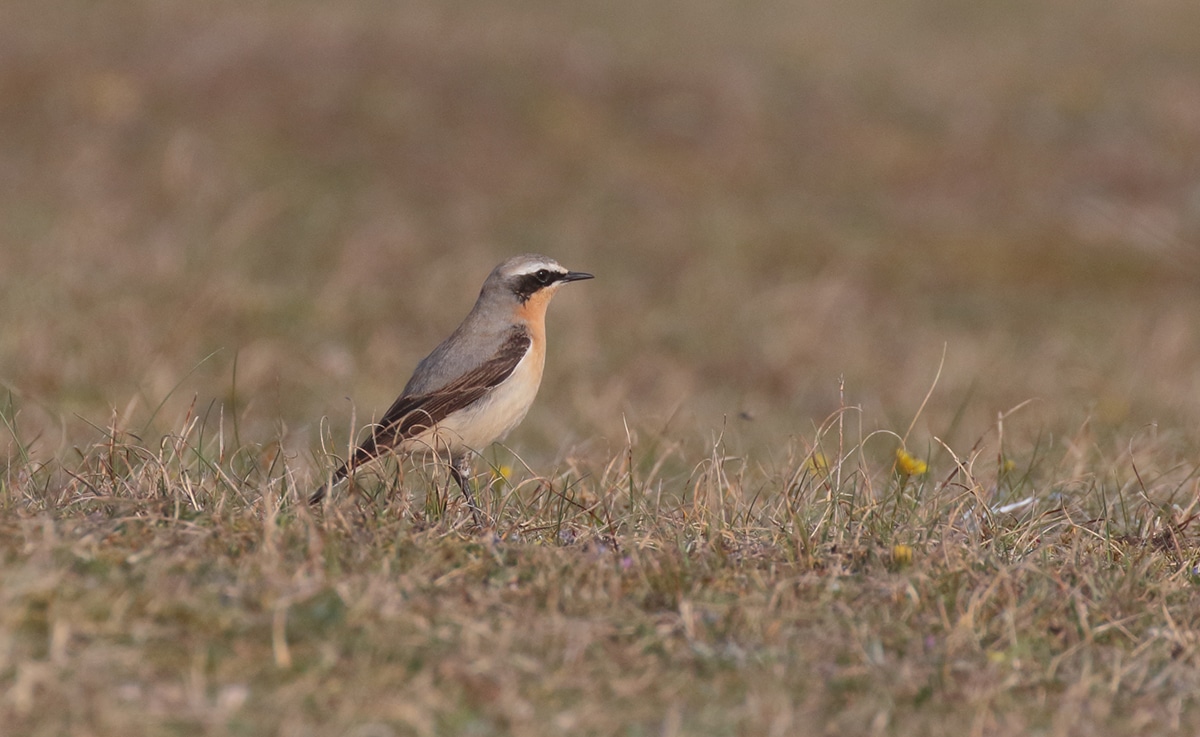
Conservation conversations: March 2025 on the Holkham National Nature Reserve
February 23, 2025 | Nature news | 3 minute read
A busy winter has seen the Holkham National Nature Reserve (NNR) wardens busy not only with bird counts, but also managing the habitats that our incredible wildlife enjoys. Ongoing jobs have included sea buckthorn removal from the dunes, and management of the fen meadow beside Abraham’s Bosom in Wells and the Whirlygig at Warham. Valuable surveys included farm bird surveys and co-ordinated Pink-footed Geese counts.
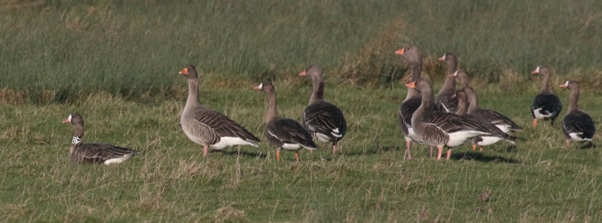
Across the Holkham Estate, there have been some notable sightings, including Lesser White-fronted Geese (see above), which usually overwinter in the Netherlands. Other popular sightings included eight Shore Larks at Holkham Bay, a Great Northern Diver in Overy Channel, the roosting Pallid Harrier on Warham saltmarsh and a drake Green-winged Teal and North Norfolk’s semi resident Long-billed Dowitcher (below).
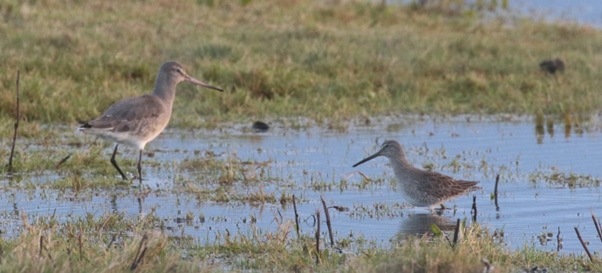
Cattle Egrets were scarce although one did become a bit of a local celebrity walking around Holkham village and in the Park, oblivious to passers by. On occasion it was seen following the Fallow Deer around.
Away from the coast one of the most notable records was a congregation of 100 Yellowhammers near Burnham Market. It is certainly the most we have noted for many a year.
What to look out for in March
As the weather warms, there are sure signs that spring is on its way. Here are three species to look out for on the NNR this month.

- A male Wheatear – with signs of spring more evident in March it is the cock Wheatear that is usually the first migrant songbird to return from its migration to Africa in the winter. The birds we see here (usually on coastal fields and the sand dunes) are on their way to nesting grounds in the hills, mountains and moors of northern Britain. Later in the spring a different population passes through – miraculously they undertake an even longer journey from Africa right up into Arctic Greenland. Unbelievable some might say for a bird scarcely larger than a Robin!
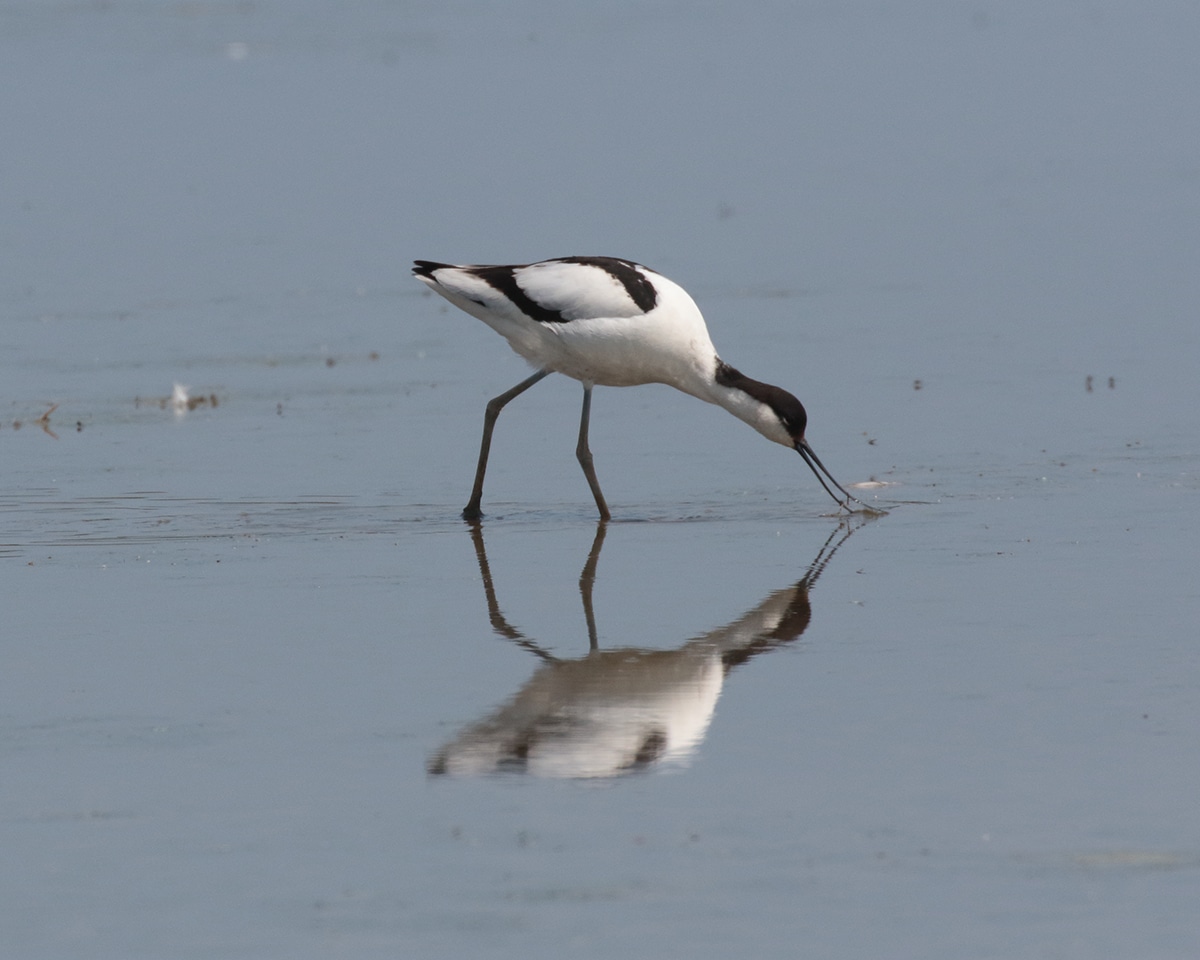
- The Avocet was once a very rare bird in Britain as it had been hunted to extinction in the 1800s. Thanks to protection and undisturbed wetland habitats it started to make a comeback after the Second World War in East Anglia and it came to Holkham to nest in the 1980s. It has since increased to become a welcome common and charismatic bird of our coastal wetlands from March through until the autumn.
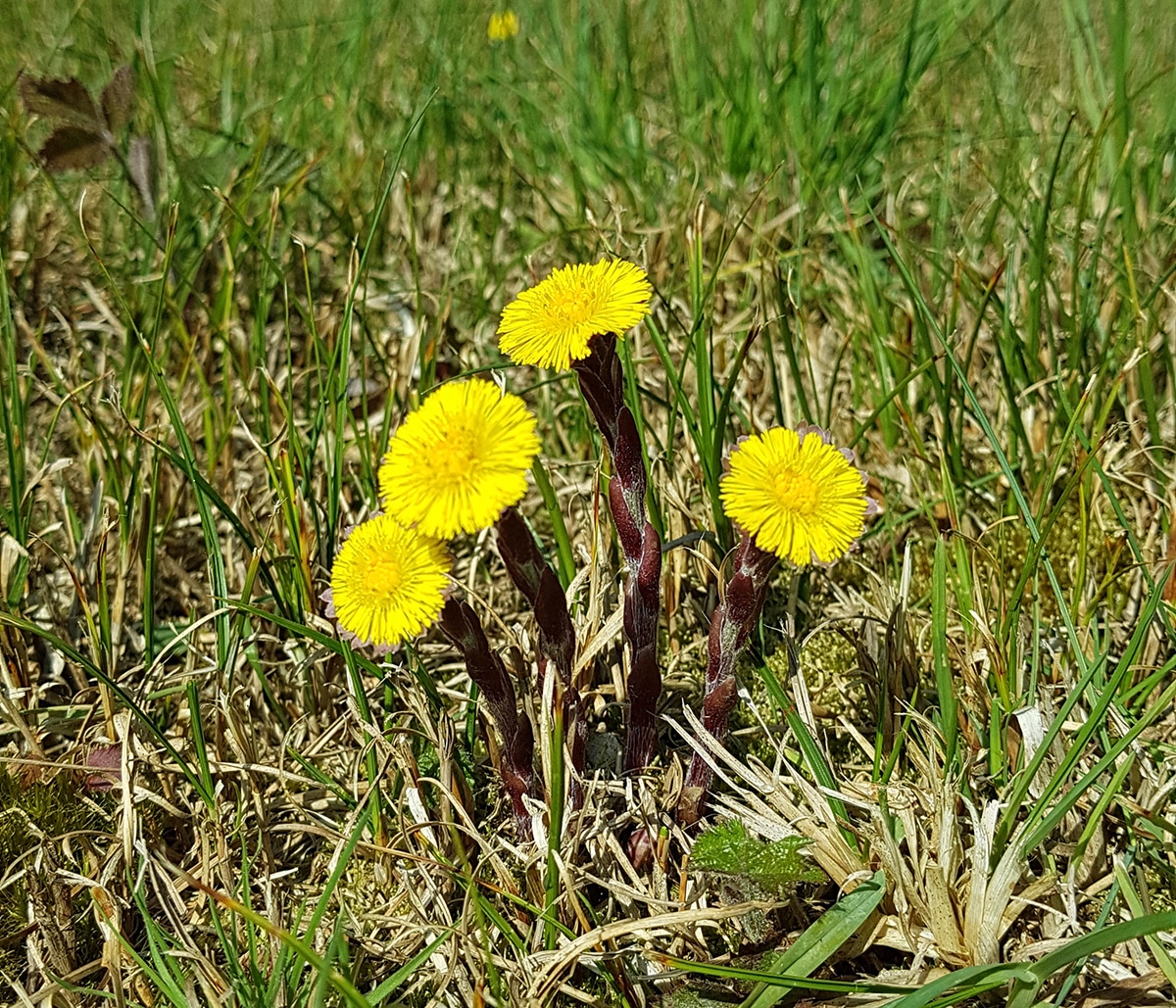
- With snowdrops and aconites already brightening up the local woodland ground cover, as spring really takes hold many other species start to rear their heads too. Willow and hazel catkins are the first signs of life returning to the hedge rows and woods, whilst at ground level keep an eye out for the daisy-like Colt’s foot. They can be common in many of the local woods.
For daily updates, follow us on Instagram @holkhamconservation
Back to Journal Back to Journal
